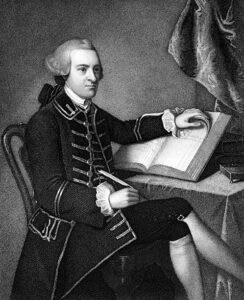Preparing for Fun
Dear Kids, Teachers, Librarians, and Parents,
I have spent part of yesterday and today preparing for one of my favorite activities as a children’s author: a school author visit!
Tomorrow, February 11, for forty-five glorious minutes, I will have the privilege of joining virtually fifty-two fifth graders and their two teachers in Pennsylvania. 
I’ve smiled as I’ve rehearsed passages to read from my three books and anticipated questions the students might ask. I’ve visualized how I will set up my desk area to show them my writerly life.
This will be my second visit to the group. I had so much fun with them two weeks ago that I asked if I could return. Happily for me, they replied with a resounding “YES!”
Last time, the students were mesmerized by my discussion of lexical-gustatory synesthesia, a mental ability that my character Rani Kumar and I possess. Basically, it means that we taste something when we hear a word or name. Following that presentation last month, I sent the teachers a list of their students’ names and what each name made me taste. I hear it was a big hit!
I look forward to what they will ask me next. You can read all about my visit when I post the details in my website’s Events section soon.
So, get a clue, Kids, Teachers, and Librarians. Children’s authors enjoy interacting with their audience. Speaking for myself, kids are the reason I write. I’m available for visits in grades 3 – 6, virtually now and in-person post pandemic. You can find out more about my visits HERE. As always, they are free. Kids, I’d love to meet you!














